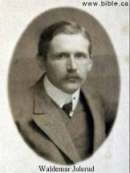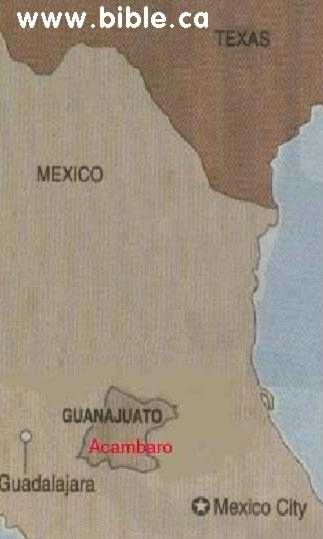What Was the World Like Directly After the Flood?
Paul Taylor and Eric Hovind welcome special guest Stephen Lawwell to discuss how society developed immediately following the flood, including the context of cave men and the stone age in creation history.Featured Resources
Speaker Biography

Stephen Lawwell received his undergraduate degree (B.Sc.) in Computer
Science from Middle Tennessee State University in 1995 and a Masters of
Theology (Th.M.) from Baptist College of America and Theological
Seminary in 2007. Mr. Lawwell’s research into the subjects of creation
and evolution, which began in 1991, led to the formation of the Victory
Baptist School of Creation Science in Shelbyville, Tennessee in 2001 and
Echoes of Eden in 2007.There, along with his wife Barbie and two daughters, Savannah and Emma, Mr. Lawwell is active in various local church ministries and currently serves on the Board of Directors for Life Worth Living Ministries and God Quest.
Resources
Evolution: The Dangerous Deception
(DVD) Featuring Stephen Lawwell
$9.99 | $3.00 Shipping
| Pay Online: |
Pay by check: Please make out and send to: Creation Family Ministries 1225 29th Av Dr NE, Hickory, NC 28601 Please place Evolution: The Dangerous Deception in the memo |
Description:
Few thoughts or ideas have had a greater impact on society than the
concept of evolution. Its path of destruction can be traced from the
Garden of Eden, to the gas chambers of Auschwitz, and even to the
abortion clinics of the 21st century. The moral fabric of our nation is
disintegrating before an increasingly atheistic society; and if its
dangers are not recognized and confronted, we will witness an even wider
path of destruction in the generations to come.
In "Evolution: The Dangerous Deception," Stephen Lawwell reveals how an atheistic mindset, grounded in generations of evolutionary thought, has been used to justify abortion, euthanasia, racism, and genocide and how its impact can be felt in the classrooms and church pews of the 21st century. (Runtime: 55 min.)
Stephen Lawwell received his undergraduate degree (B.Sc.) in Computer Science from Middle Tennessee State University in 1995 and a Masters of Theology (Th. M.) from Baptist College of America and Theological Seminary in 2007. His research into the subjects of creation and evolution, which began in 1991, led to the formation of Echoes of Eden Ministries in 2007. Echoes of Eden, a ministry of Victory Baptist Church in Shelbyville, TN, is dedicated to exposing evolution as the most dangerous and destructive idea ever put forth. Its desire is to use the message of creation as a tool to strengthen the faith of believers in the Word of God and to challenge the worldview of non-believers.



























 credentials to address the problem of the mechanism of the Genesis Flood at a professional scientific level. His Ph.D. thesis research involved the development of a 3-D spherical-shell finite-element model for the earth’s mantle, a program now known as TERRA.
credentials to address the problem of the mechanism of the Genesis Flood at a professional scientific level. His Ph.D. thesis research involved the development of a 3-D spherical-shell finite-element model for the earth’s mantle, a program now known as TERRA.